Last Updated on October 3, 2018 by teamobn
Contents
Nara, Japan – ASSISTANT
Built Area: 76.0 m2
Year Built: 2013
Photographs: Shinkenchiku-sha, Tadasu Yamamoto
House of 33 years is a unique home, made of several wood-framed pavilions inside a large steel frame. This frame forms the home’s exterior. It’s owned by an elderly couple who decided they wanted to move into a new residence. This decision came after they’ve lived in their first home together for 33 years.
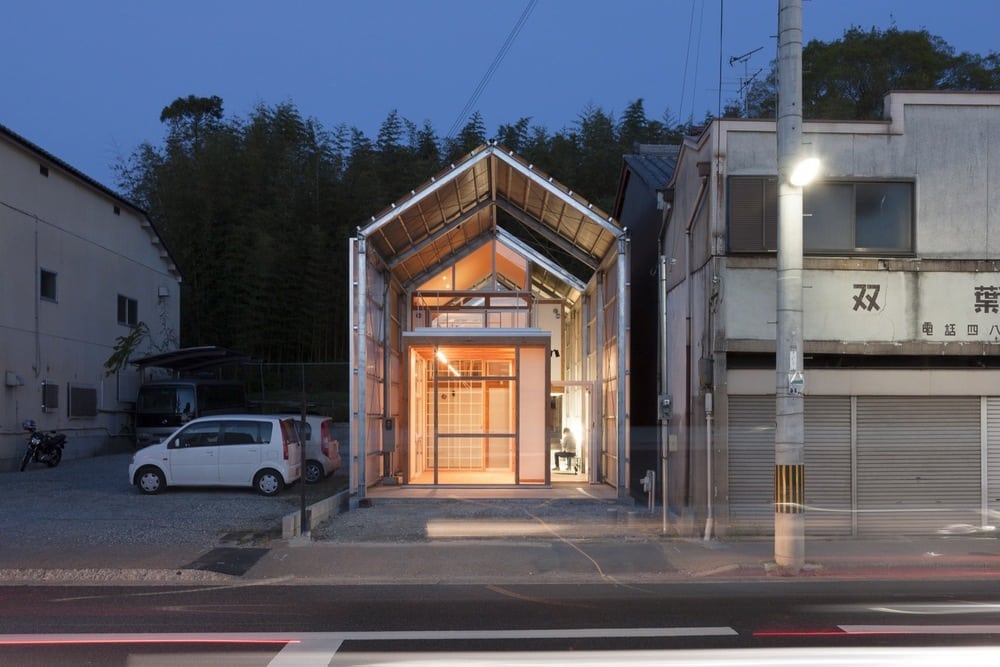
The home is made from various materials. These include glass panels, clear corrugated plastic, steel cables, concrete, timber, and steel. Individually, the volumes are defined by wooden structures arranged to form the interiors.
Here’s an interesting fact about the house: each part was built in three separate locations. They were built simultaneously and then transported to the site. The three volumes were then put together as one.
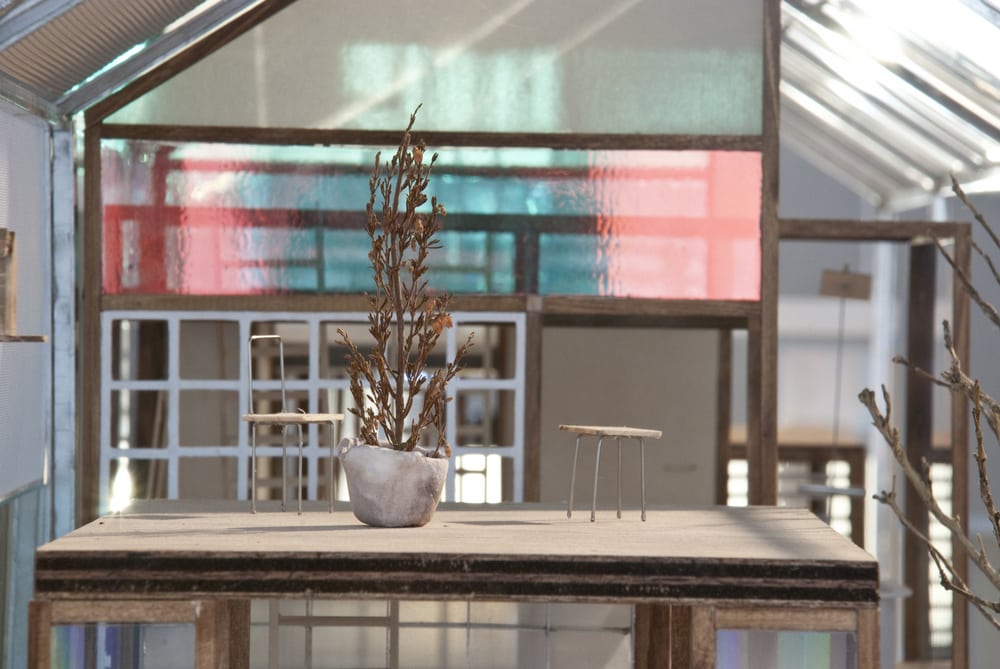
Notes from the Architect:
The House of 33 Years is a residence located next to the world heritage Todaiji Temple in Nara, Japan. The house was designed for an elderly couple who decided to move to a new house thirty three years after living in their first house. The House of 33 Years is a house for a collector who collects memories, whose memory and future exist simultaneously in the same space. By framing views across different areas, images are continuously produced by the inhabitants’ movement. Every image is given its own space of possibility, then overlaps as multiple additions to the home to update the family’s memories.
After five years since the project’s inception, in 2012 during the construction process, the fabrication of the house was partly supported by Aomori Contemporary Art Centre and Sendai School of Design . Its design/fabrication process has been an academic research subject of Adaptable Futures, Loughborough University, UK. The house has been selected for SD Review in 2010.
The house consists of multiple pavilions and rooms in wood structure that stand under the big steel-frame house. The relationship between the individual elements defines the character of the house as a whole. [shown in the axonometric drawing provided]
Its construction process has been pursued in three separate locations simultaneously; Nara, Sendai, and Aomori.
In Nara, the exterior steel roof to cover the whole residence has been constructed on-site.
Then, having accepted offers by two public institutions, Sendai School of Design and Aomori Contemporary Art Centre, to participate in their artist-in-residence programs, the duo decided to build an unknown experience by linking the two institutions through a single residential housing project, to eventually constitute the house in Nara.They broke House of 33 Years, which had been designed as a single house, into parts suitable for making in the two programs, so that the architecture would “move,” so to speak. Each work was also realized as an individual installation piece on which additional features were elaborated, responding to demands from the institution, characteristics of the space, and the chosen method of exhibiting.
In Sendai, Ghost House, a pavilion to sit on the roof, was built with the students of Sendai School of Design. The pavilion is an homage to Ghost House, one of the pavilions scattered on the large premises of the famous house of Philip Johnson and was given the same name. Over the summer it was sitting in the courtyard of a university campus and the students had grown a farm inside.
In Aomori, the main rooms in wood-structure was built and developed together with local carpenters, using materials available in Aomori, as an installation piece Obscure Architecture (House of 33 Years, Study), then to become a part of ‘Kime to Kehai’ exhibition at Aomori Contemporary Art Centre. This work always had a fresh look depending on the movement of the sunlight. Physically, this architectural work remained present in the same position, whereas the natural phenomena created by it kept flowing without stopping.
After the exhibition period in each city, those elements were disassembled and loaded on a 4-ton truck, and carried to the destination, Nara, where they were recomposed to form the House of 33 Years.
Click on any image to start lightbox display. Use your Esc key to close the lightbox. You can also view the images as a slideshow if you prefer. ?
Exterior Views:

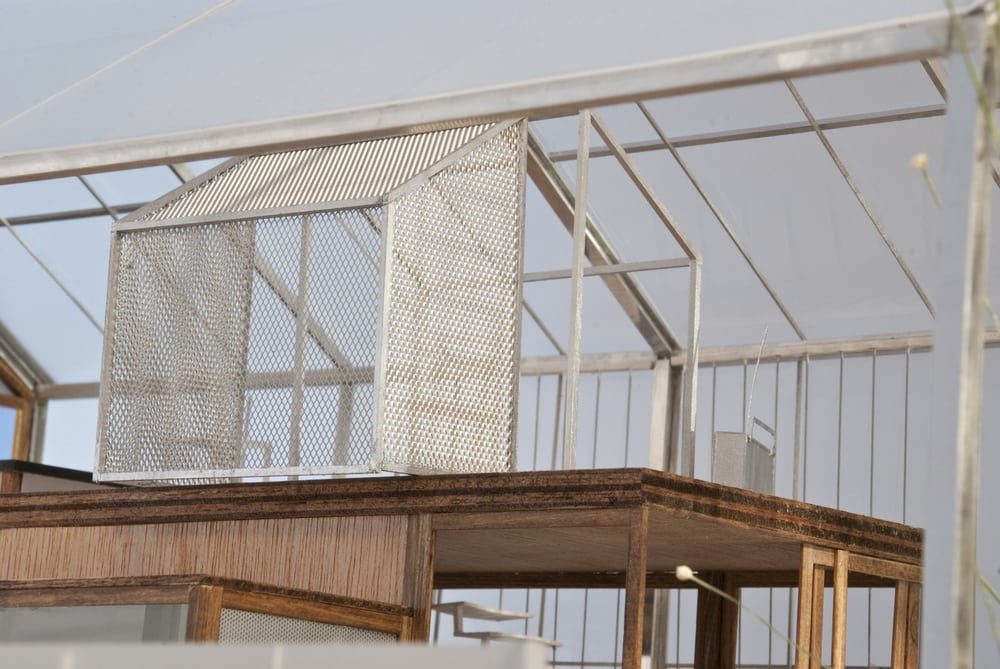

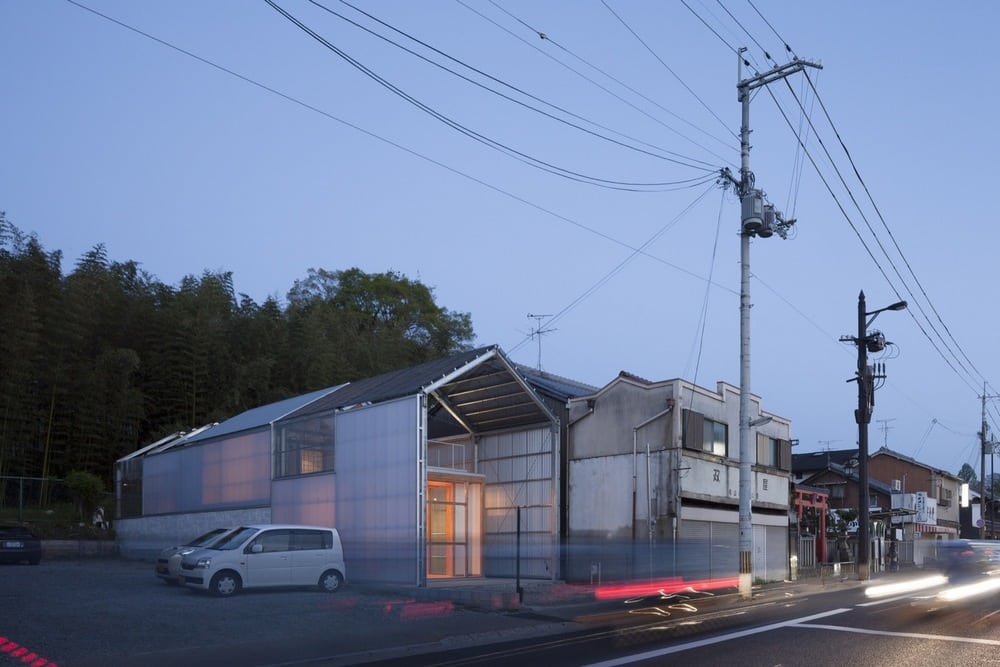
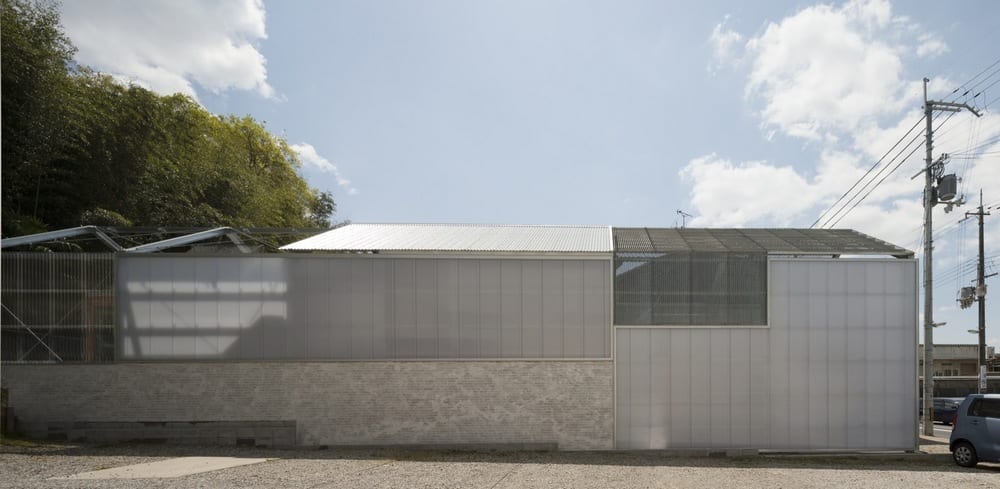
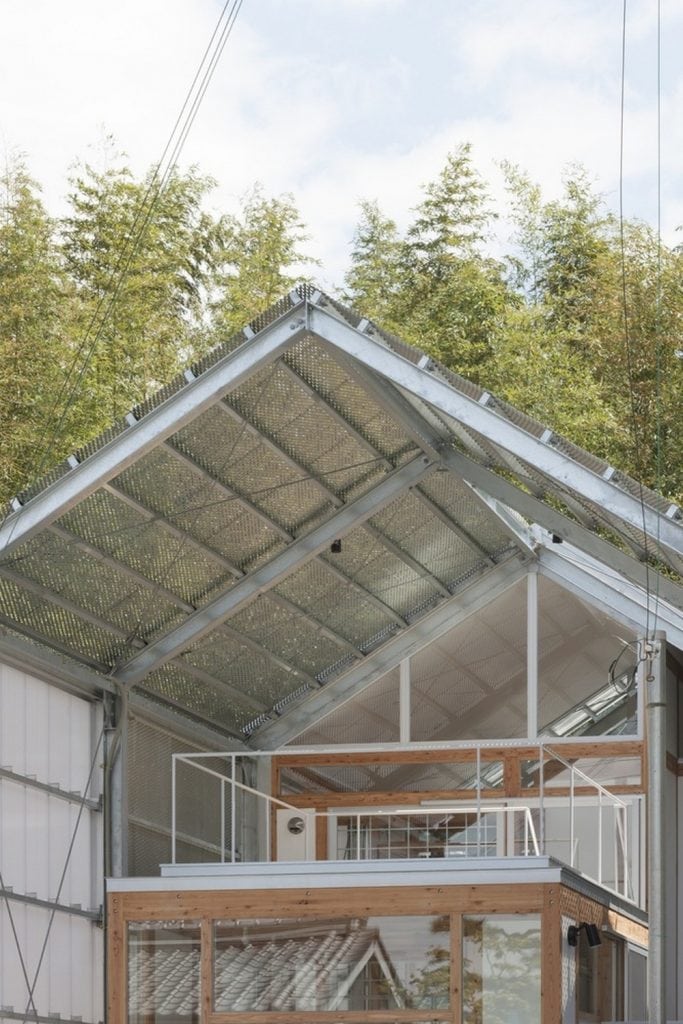
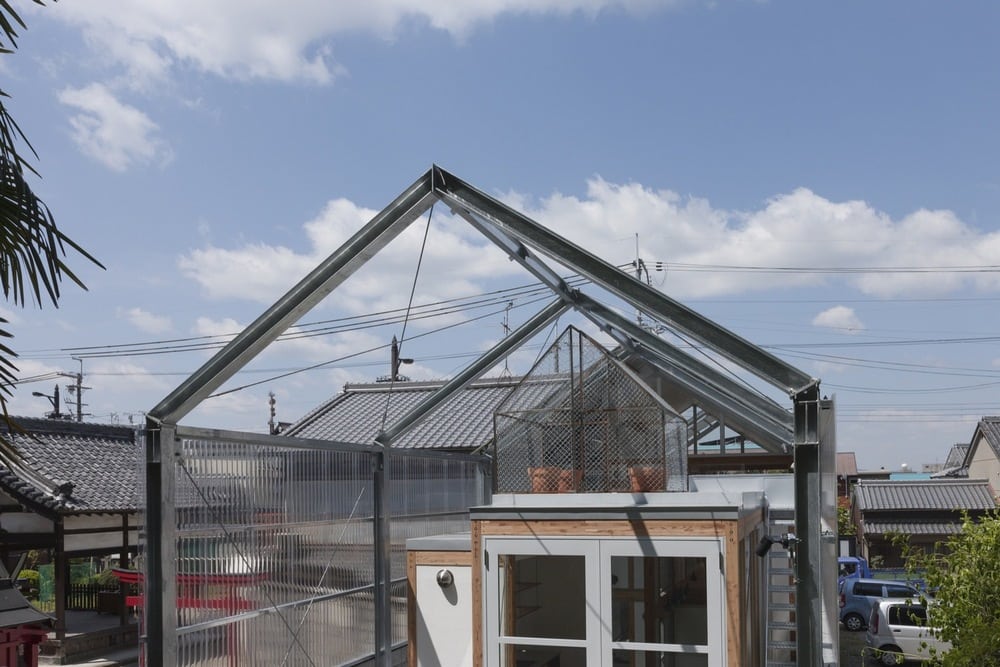
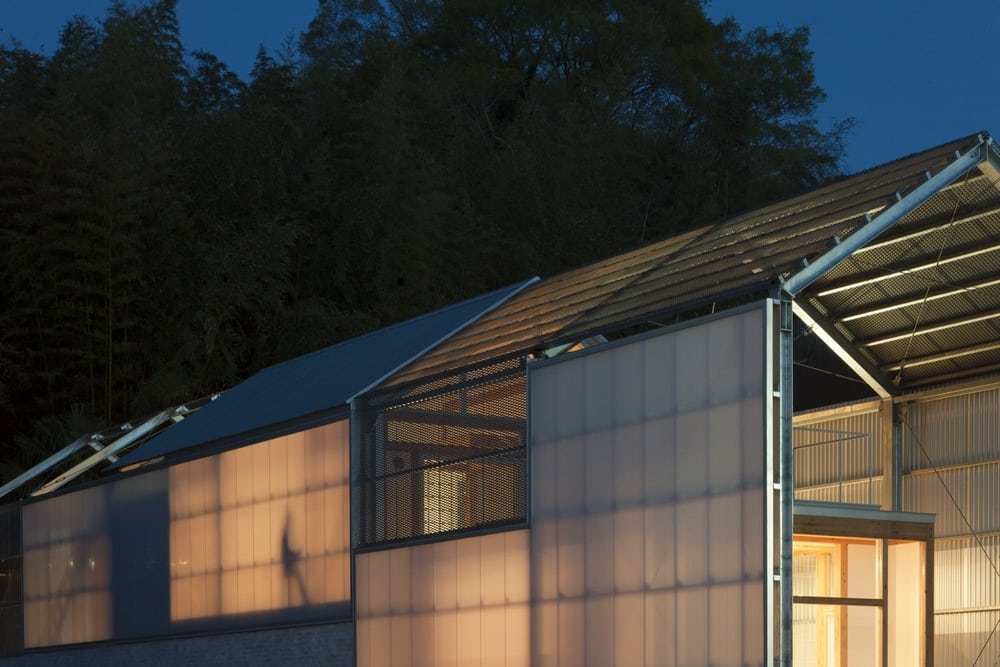
Interior Views:
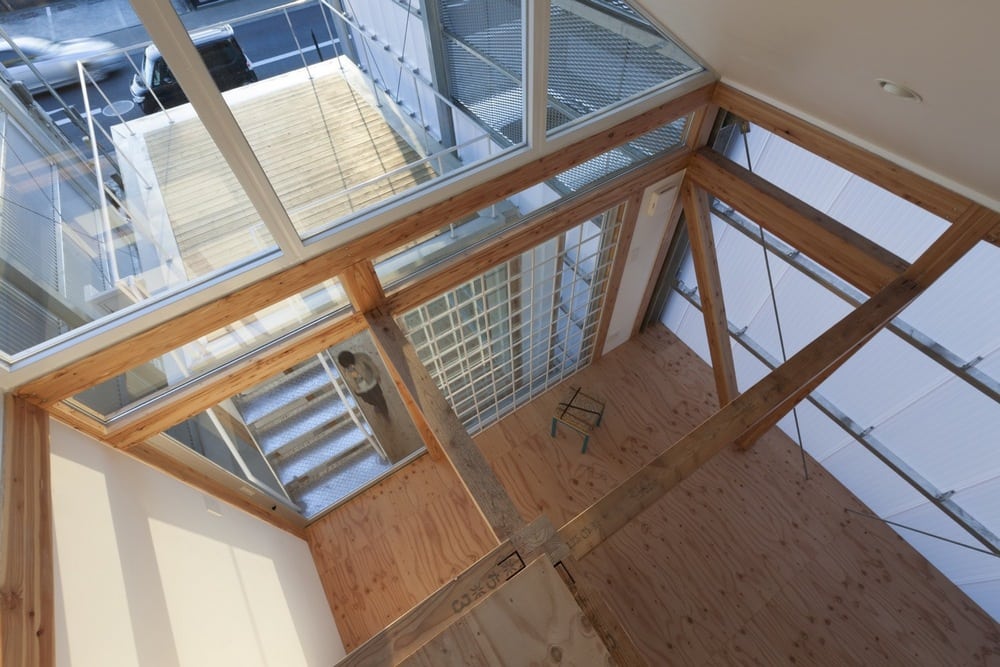
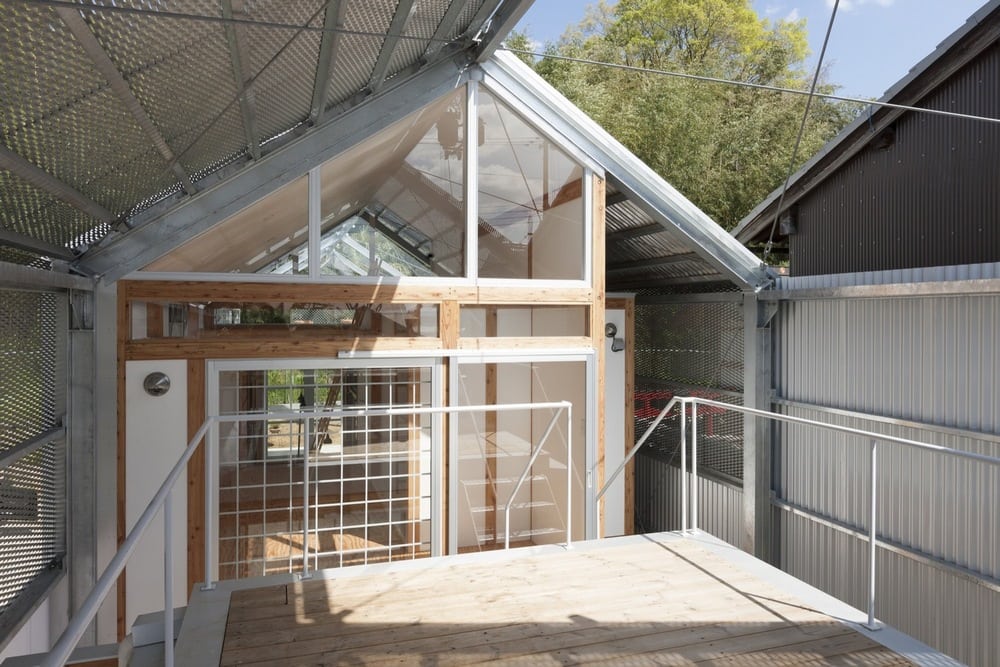
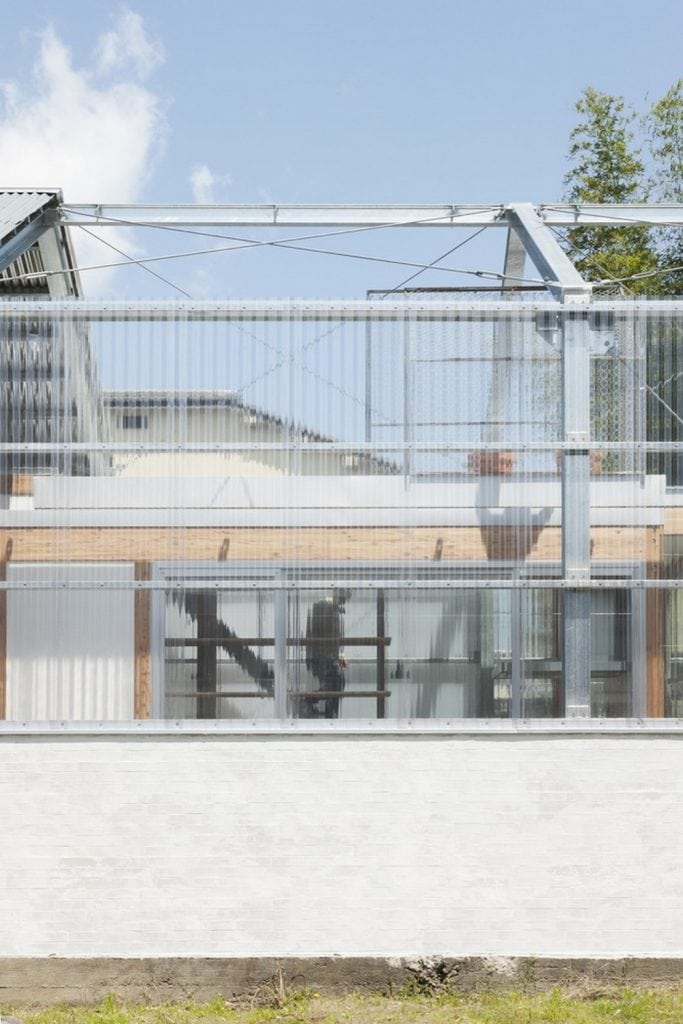
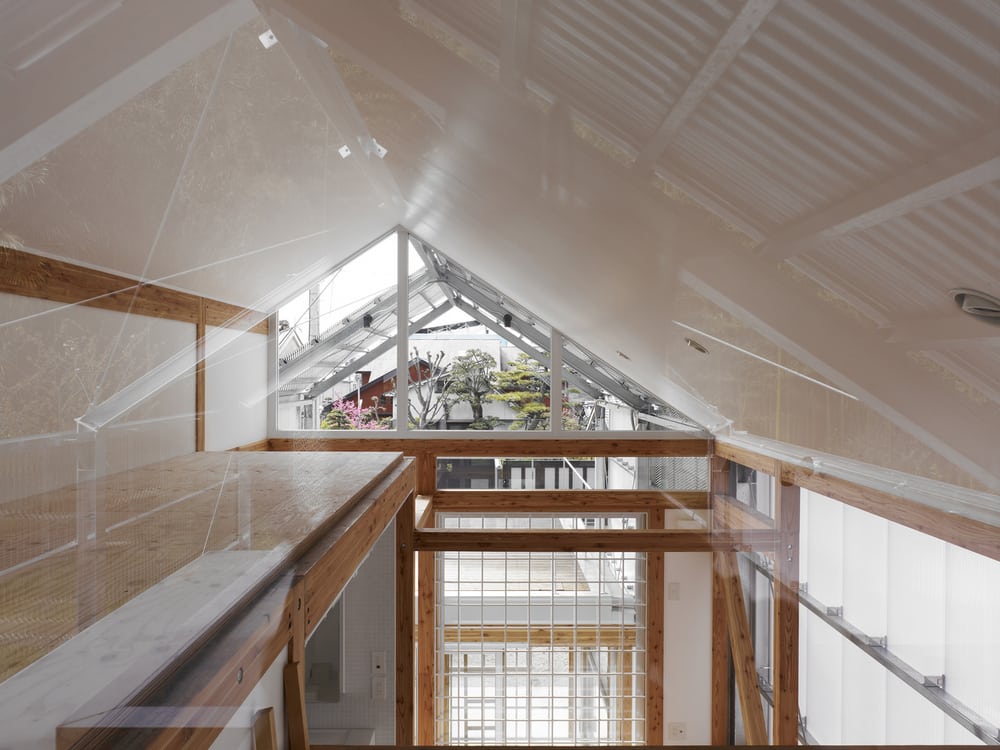
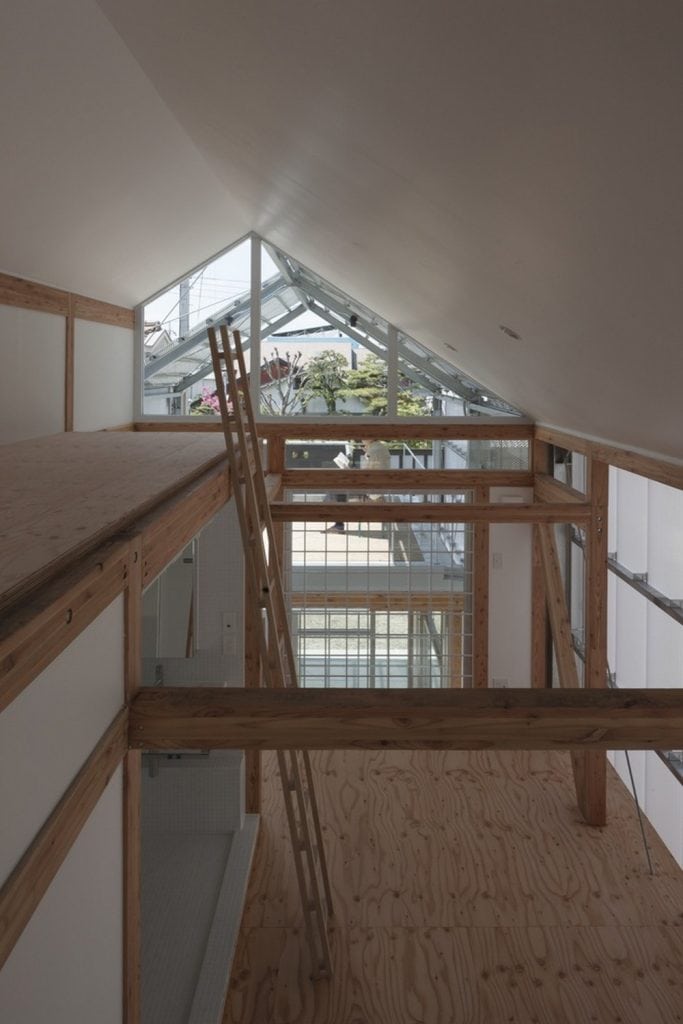
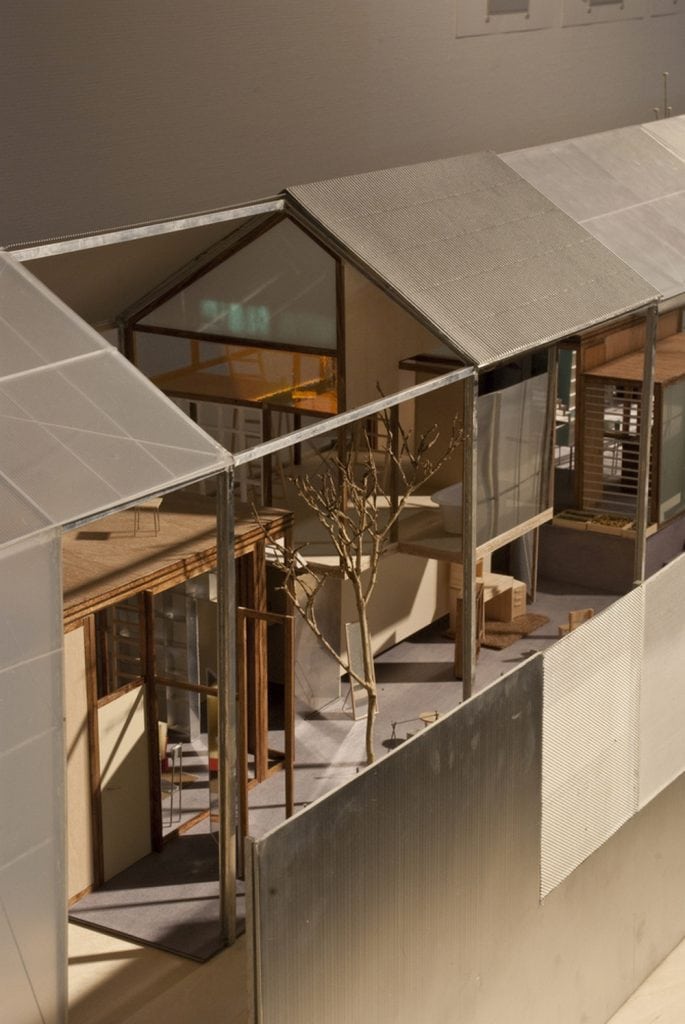

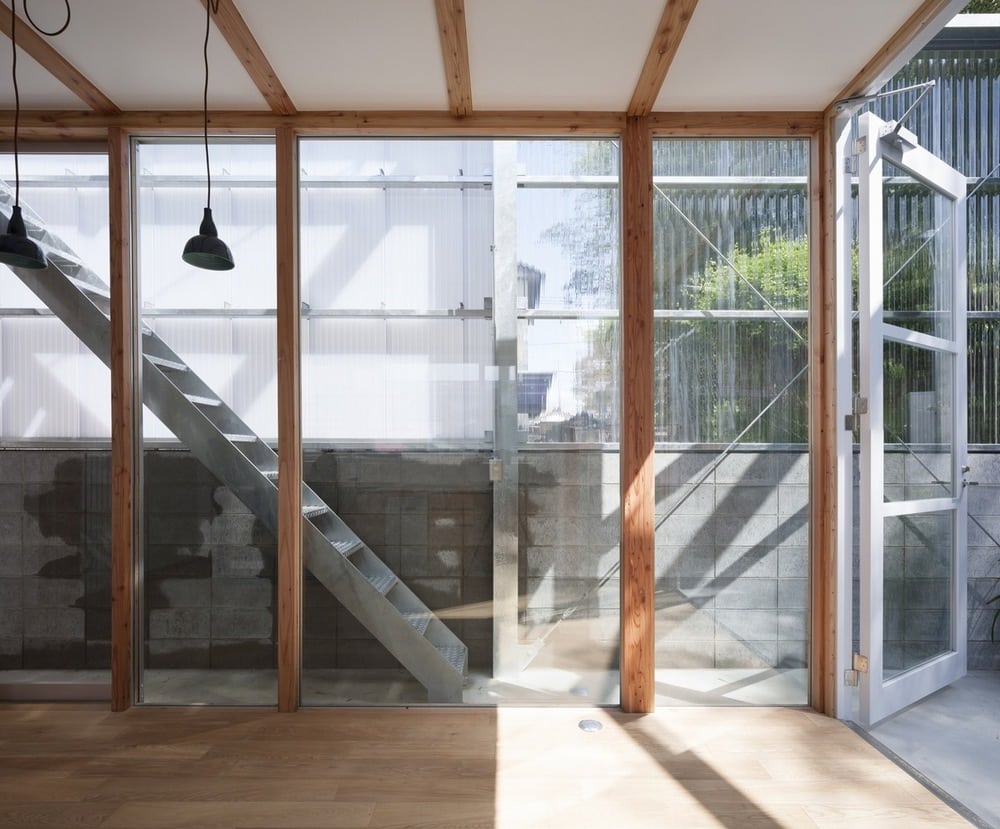
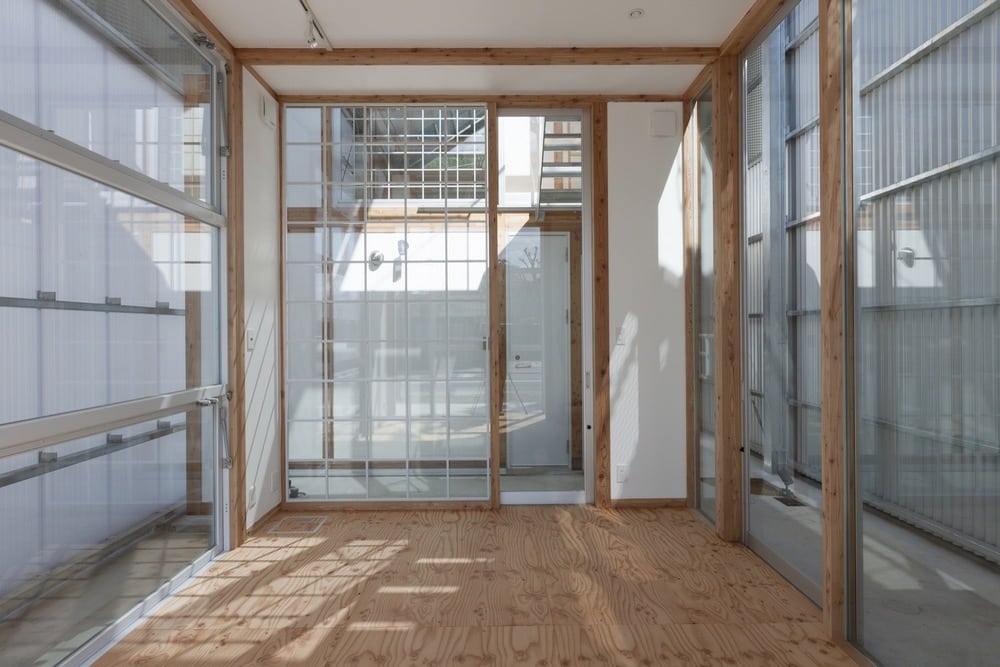
Drawing Views:
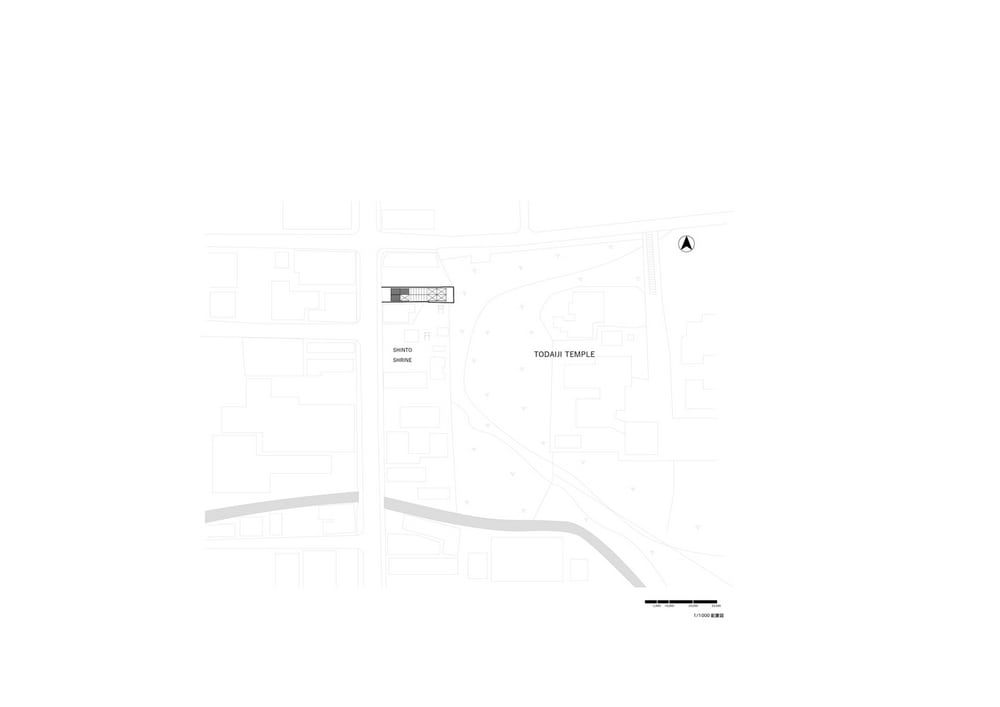
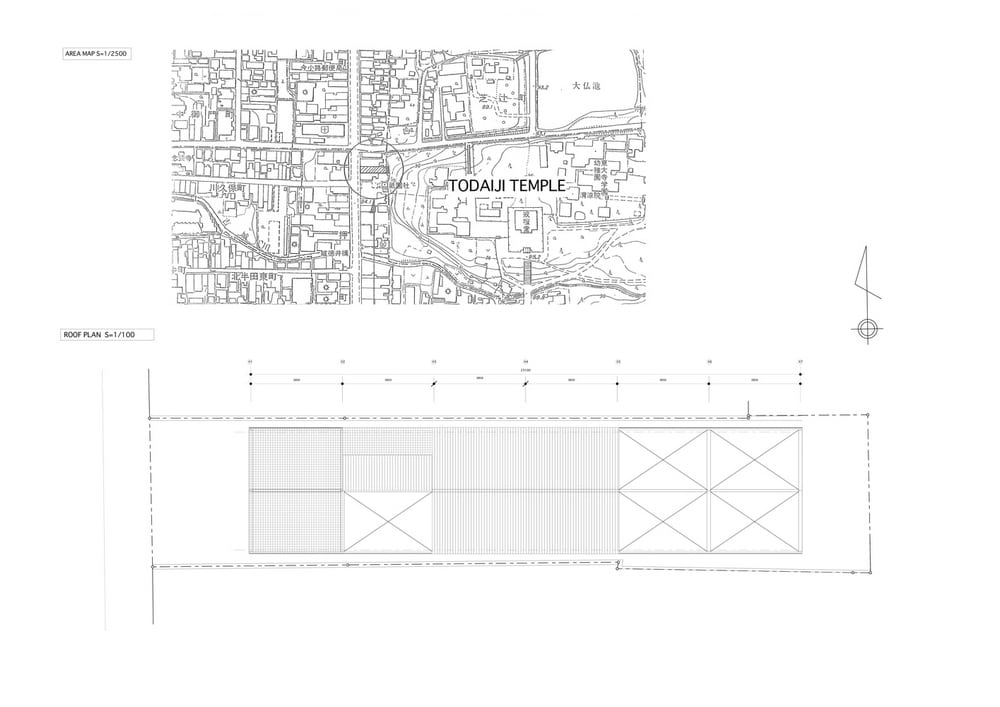
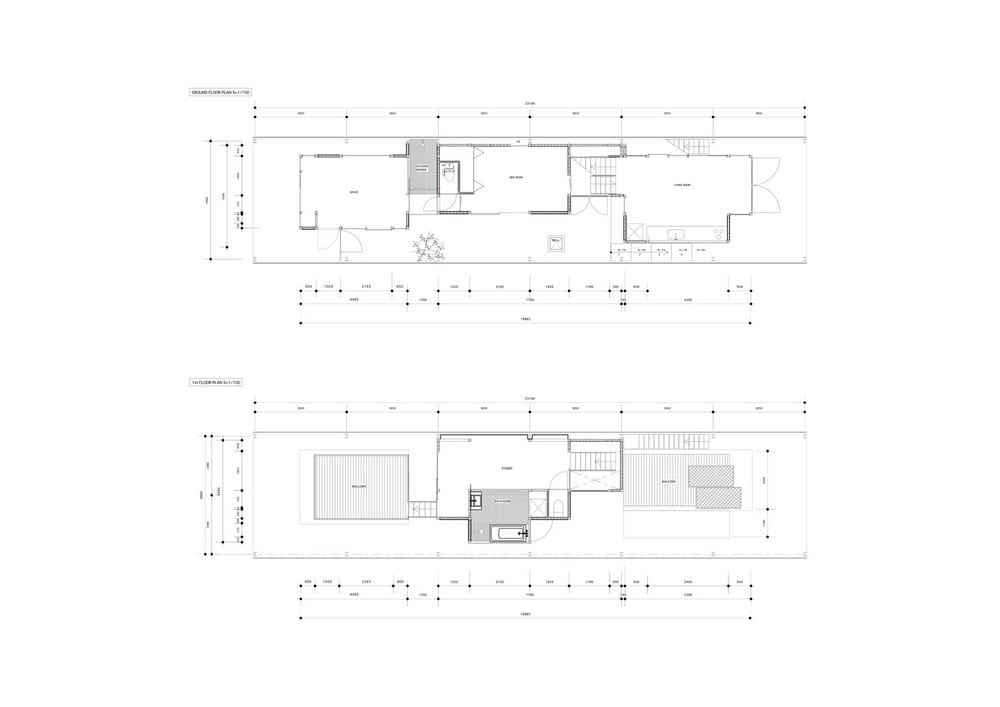

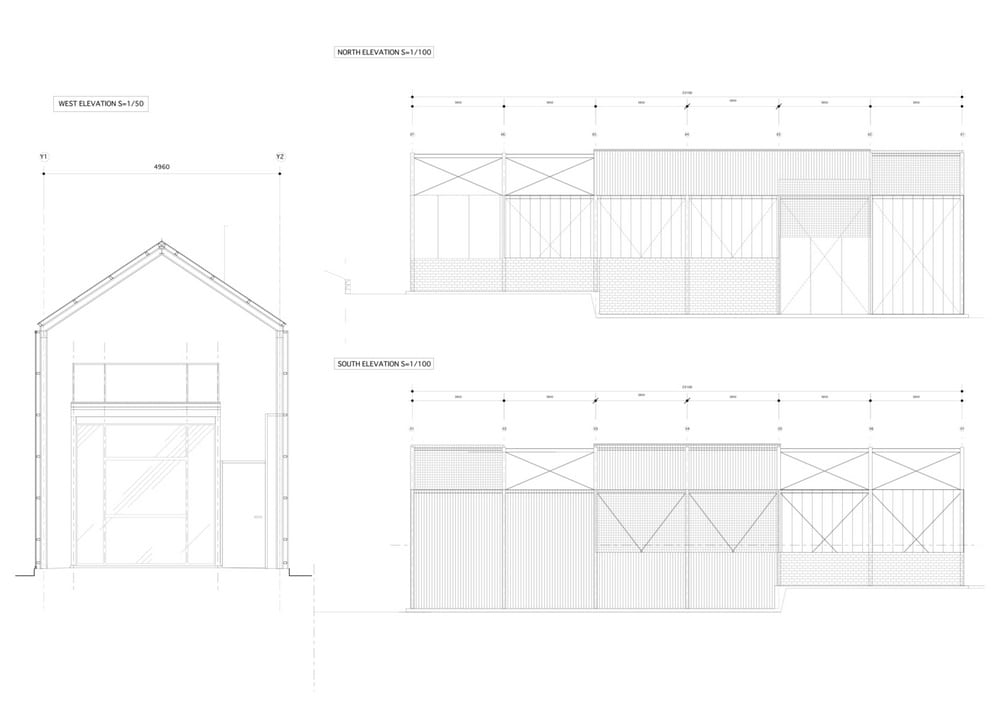
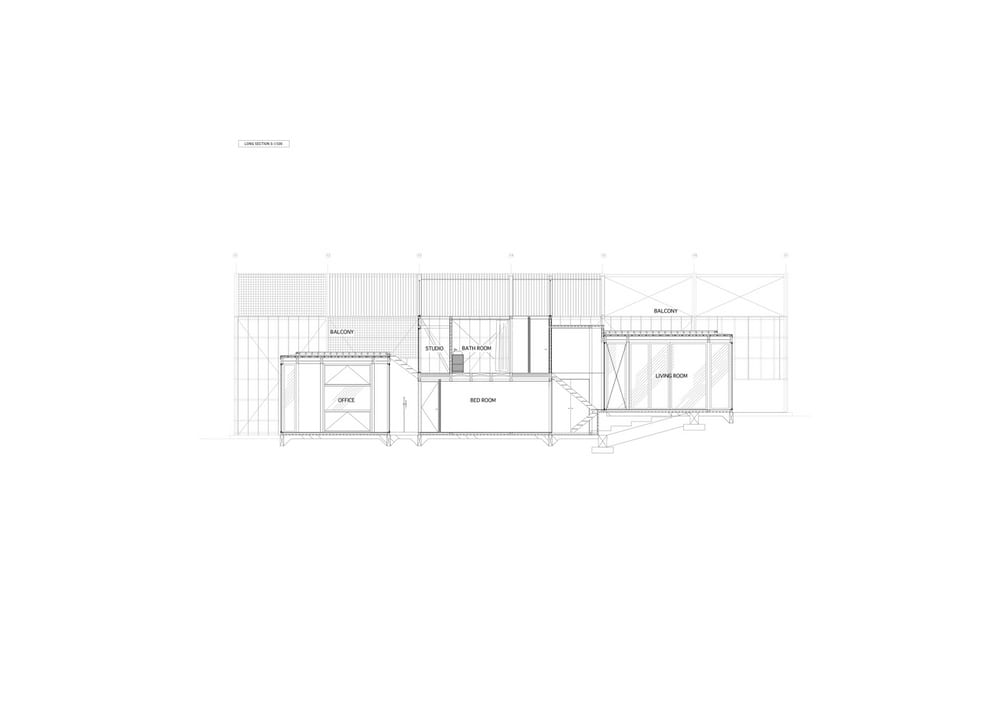
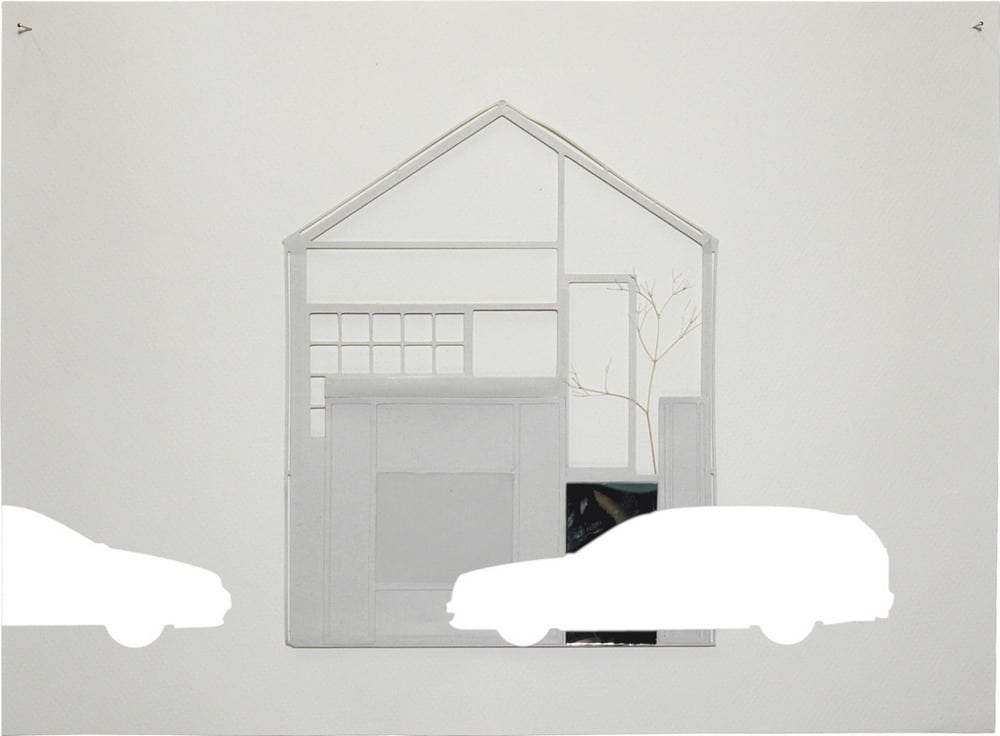
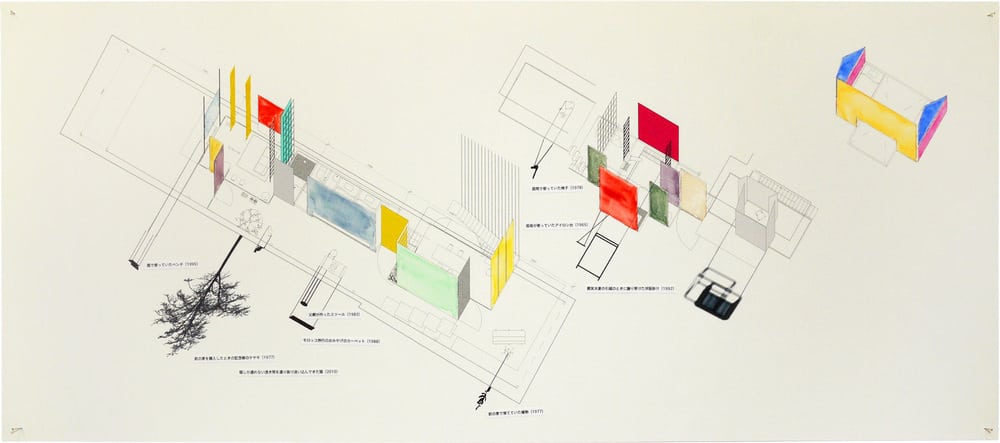
If you’re one of the many who’s interested in Japanese architecture, here’s another Japanese home for you – Renhouse.








